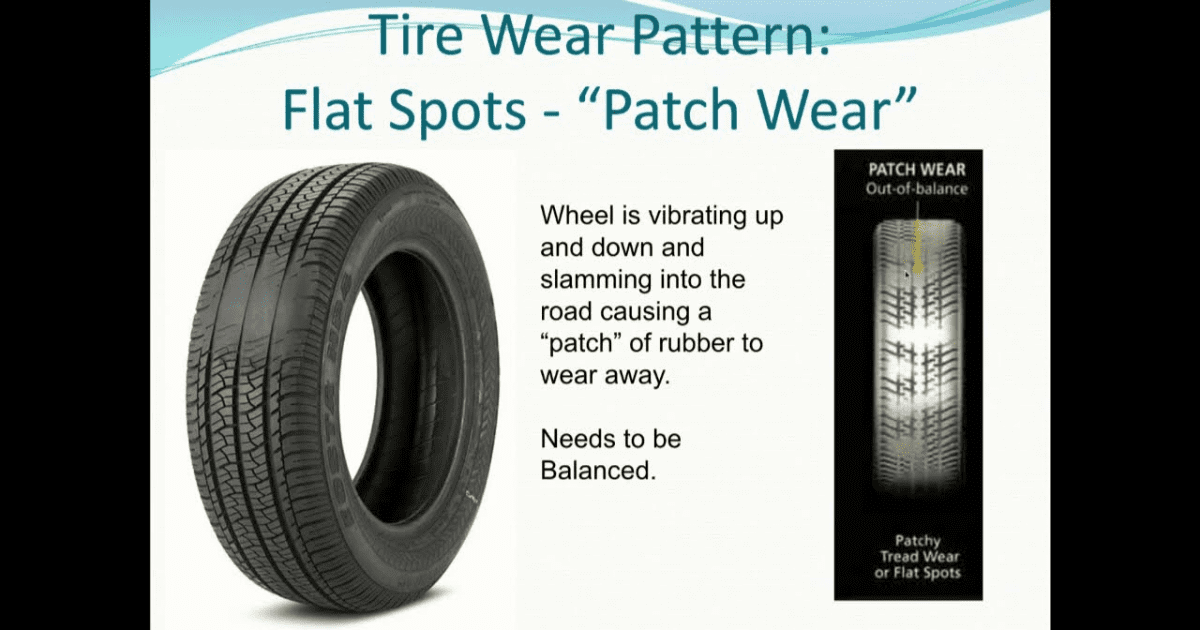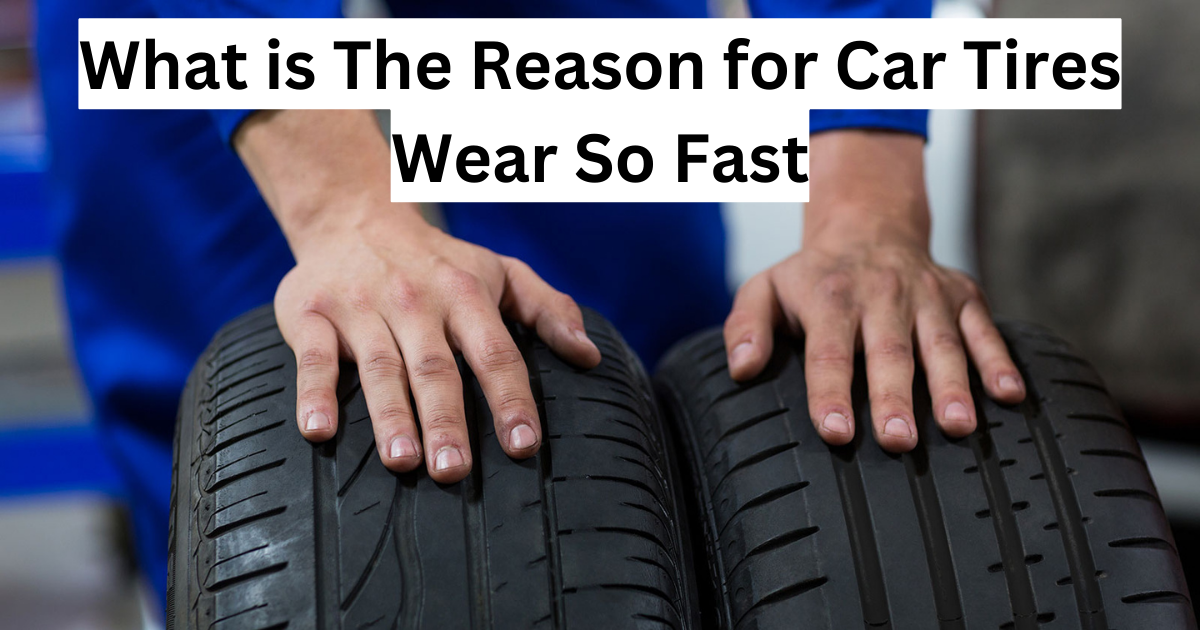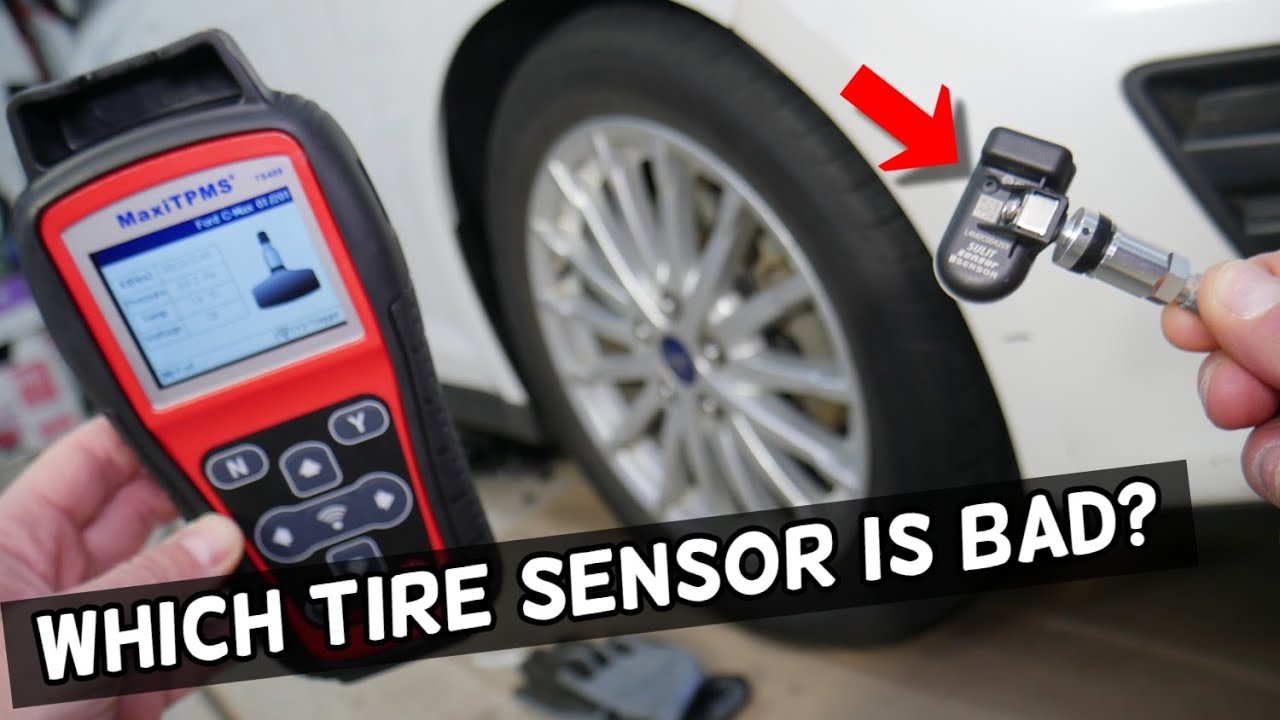Proper tire pressure is essential for the performance and longevity of your tires. If your tire pressure is too high or too low, it can cause problems for your car and your safety. In this article, we will explain how tire pressure affects the wear and tear of your tires, and how to check and adjust your tire pressure correctly.
The Importance of Tire Pressure
Tire pressure is the amount of air that is inside your tires. It affects how your tires perform and how long they last. If your tire pressure is too high or too low, it can cause problems for your car and your safety.
The Effects of High Tire Pressure on Tire Wear
When your tire pressure is too high, your tires become too hard and stiff. This makes the center of your tires bulge out and touch the road more than the sides. This causes the center of your tires to wear out faster than the sides. This can also make your ride uncomfortable and bumpy, and reduce your traction and braking ability.
Changing the Shape of Your Tires
High tire pressure can change the shape of your tires, making them too hard and stiff. This causes the center of your tires to bulge out and touch the road more than the sides. This uneven wear can lead to a rough ride and decreased traction and braking ability.
Changing the Temperature of Your Tires
High tire pressure can also change the temperature of your tires, causing them to overheat. This can lead to tire blowouts and other safety hazards.
The Effects of Low Tire Pressure on Tire Wear
When your tire pressure is too low, your tires become too soft and flexible. This makes the sides of your tires flatten and touch the road more than the center. This causes the sides of your tires to wear out faster than the center. This can also make your tires overheat and lose air faster, and increase your fuel consumption and emissions.
Uneven Tire Wear
Low tire pressure can cause uneven tire wear, with the sides of your tires wearing out faster than the center. This can lead to a rough ride and decreased handling and stability.
Reduced Ride Quality and Safety
Low tire pressure can reduce your ride quality and safety. It can make your tires more prone to blowouts, decrease your handling and stability, and reduce your fuel efficiency.
Increased Fuel Consumption and Emissions
Low tire pressure can also increase your fuel consumption and emissions. This is because your engine has to work harder to move your car, which uses more fuel and produces more emissions.
How to Check and Adjust Your Tire Pressure
To check and adjust your tire pressure correctly, you will need a tire pressure gauge and an air pump. You can buy these tools online or at a local auto parts store. You can also use the air pump at a gas station or a tire shop.
Find out the recommended tire pressure for your car. You can find this information in your owner’s manual, on a sticker inside your driver’s door, or on the sidewall of your tires. The recommended tire pressure is usually measured in PSI (pounds per square inch) or kPa (kilopascals).
Check your tire pressure when your tires are cold. This means that you should check your tire pressure before you drive your car or at least three hours after you drive your car. This is because driving your car heats up your tires and increases your tire pressure.
Use the tire pressure gauge to measure your tire pressure. To do this, you will need to remove the valve cap from your tire and press the gauge firmly onto the valve stem. The gauge will show you the current tire pressure in PSI or kPa. You can compare this with the recommended tire pressure for your car.
Adjust your tire pressure if needed. To do this, you will need to use the air pump to add or release air from your tires. If your tire pressure is too high, you can press the valve stem with your finger or a small tool to release some air. If your tire pressure is too low, you can connect the air pump to the valve stem and pump some air. You can check your tire pressure again with the gauge until it matches the recommended level.
Replace the valve cap on your tire and repeat the process for the other tires. Make sure you check and adjust the tire pressure for all four tires, and also for the spare tire if you have one.




